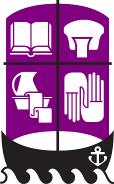The History of Free Will Baptist Churches in New York State
The Free Will Baptists in New York state came from two origins:
- The Free Communion Baptists, whose first church in the state was organized in 1783.
- The Free Will Baptists, who founded churches 26 years later in western New York.
Free Will Baptists have been called many names: Free Willers, General Baptists, Free Baptists, New Lights, and more.
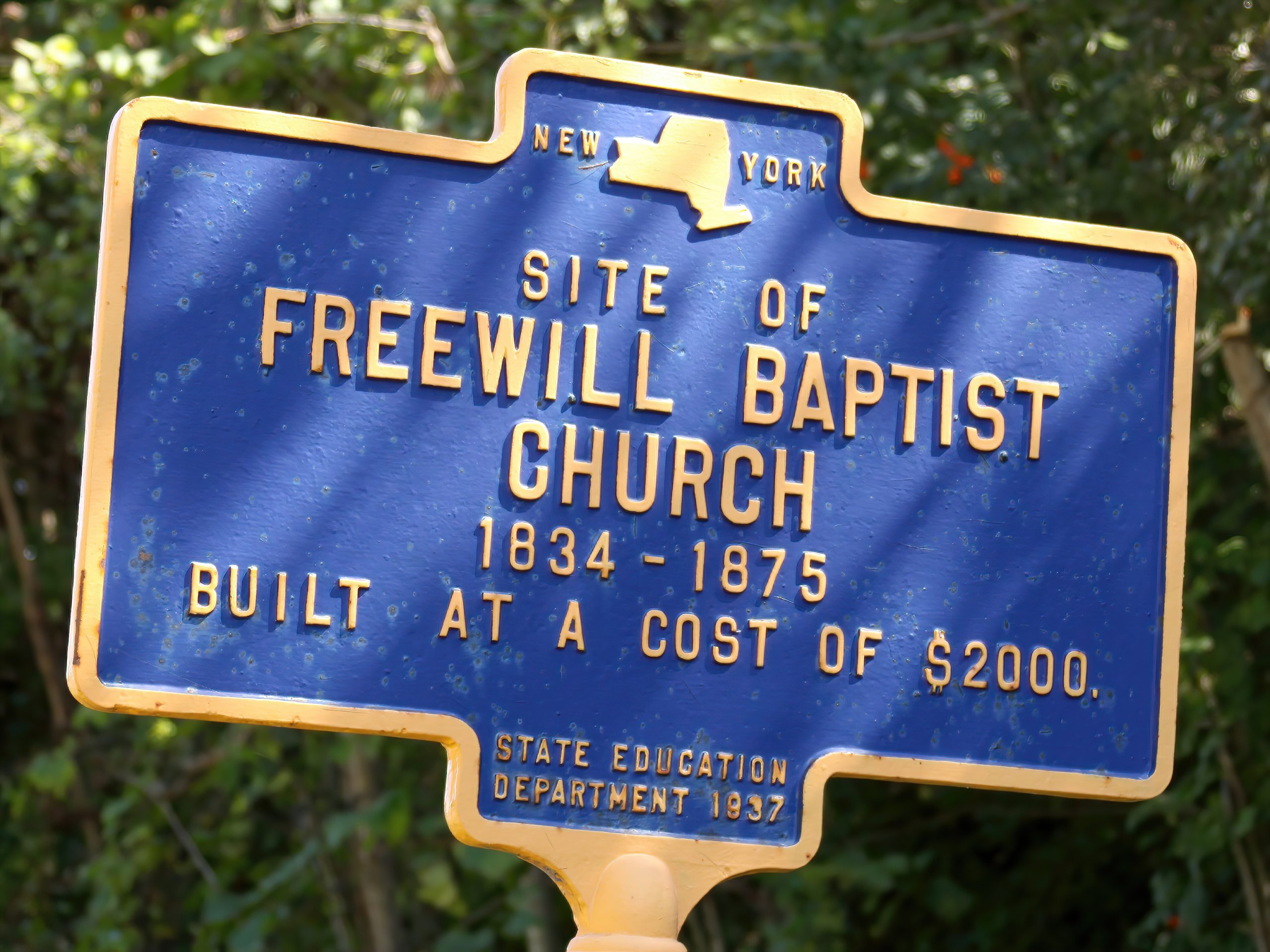
Photo by Kelly Lucero
Bethany Free Will Baptist
In 1809, Nathaniel Brown moved to New York from Strafford, Vermont, and began the first Free Will Baptist Church in New York state. He was the pastor for 32 years and donated some of his property to the church and its cemetery, where he is buried.
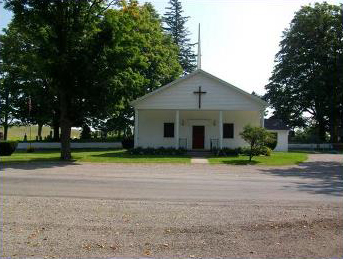
Free Will Baptist Church in Attica, New York
Free Will Baptist Church in Attica, NY, was started in 1814 by Rufus Cheney, who later moved to Ohio and started Porter Church. In 1814, Nathaniel Brown, Jeremiah Folsom, and Rufus Cheney were the only Free Will Baptist pastors in New York. Free Will Baptist Church in Attica is now occupied by a masonic lodge.
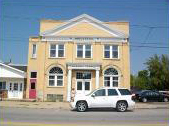
In 1816, the church in Walworth, NY, was started by Thomas Lewis from the state of Maine. It’s now called Lincoln Baptist Church.

Great Growth Through Revivals and Church Planting
Approximately 1,000 souls were saved in Wayne, Yates, and Ontario counties Approximately 20 quarterly meetings were formed by 1940. By the turn of the century (2000 A.D.), there were probably more than 200 Free Will Baptist Churches.
Union of Free Baptist and Free Will Baptist in 1841
“Your committee on the union of the Free Baptists and the Free Will Baptists report:
- That from past correspondence and negotiations, it appears unquestionable that these two bodies of Christians are one in sentiment.
- That we concur in their several names being synonymous so far as they relate to the sentiments of the above two religious bodies, but not as it relates to others.
- That the Free Baptists, agreeably to their request, be received as a member of this Conference, and be allowed, if they choose, still to call themselves Free Baptists.”
~ D. Marks, Chairman
Marks, Woodman, and Cheney were on this committee.
2,500 members and 55 churches received (this report?)
Fairport Community Baptist Church was formerly Raymond Memorial Free Baptist Church and was built in 1895.
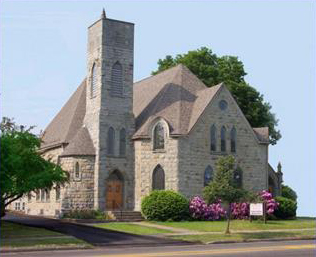
What The New York Free Will Baptists Believed
- The authority of Scripture (Holy Bible)
- The call to ministry
- The abolition of slavery. In 1853, a black preacher named John W. Lewis was elected to be Pastor in De Kalb and served for 4 years.
- Temperance
- The need to evangelize
- The need to plant churches
- The need for foreign missions
- The need for education
In 1844, the divinity school moved to Whitestown, NY, and became part of the Whitestown Seminary, where it was known as the Free Baptist Biblical School.
Free Will Baptist “Giants” From New York
David Marks was born in Ulster County, NY, in 1905. His father moved to the state of Connecticut and then back to Junius, NY. David became a Christian when he was 11 years old, mainly due to the influence of his Godly mother.
When he was 13 years old, he walked 368 miles to Brown University, a Christian school at the time, in Providence, Rhode Island. He walked back home when he learned that tuition was free, but room and board were not, and he could not afford it.
When he was 14, he was visited by two Free Will Baptist preachers (Zebulon Dean and Samuel Wire), who gave their approval. He was baptized on June 11, 1819, and joined the Free Will Baptist Church in Phelps, NY. He joined the church in Junius, NY, the following year.
At 15 years old, he received the call to ministry. At age 16, the “Boy Preacher” left home with his father’s blessings, his mother’s prayers, a letter from the church in Junius, and our Savior’s promise found in the gospel of Mark chapter 10, verses 29-30 in the Holy Bible. During his 3-month absence from home, his father’s home burned, and his mother died.
What does this mean? –> Active in all denominational work agent for book concern, Morning star paper
David was active in three things: the movement to abolish slavery, the home mission, and foreign missionary work.
He started churches in Rochester and Canandaigua, NY, and did extensive work in the state of Ohio. He moved to Oberlin, Ohio, to attend school with his good friend Charles Finney.
David Marks died on December 1, 1945, and Charles Finney preached at his funeral.
Jeremiah Phillips
Jeremiah Phillips was born in Plainfield, NY, on January 5, 1812. He heard Amos Sutton preach at a General Conference. Sutton was a missionary to India as an English General Baptist.
Phillips was appointed a missionary on August 11, 1835, and was ordained in Plainfield, NY. He married Mary Spaulding Beede on September 2 in Boston, Massachusetts.
He embarked for Calcutta (Kolkata), India, on September 22 and arrived on February 5, 1836. Sadly, his wife died on November 3, 1837.
He married his second wife, Mary Grimsditch, in January of 1839. They had two twin boys. Mary died in 1840, then Jeremiah married Hannah Cumming.
He returned to North America in 1855 but in bad health. He went to Calcutta in 1864 and stayed until June of 1879 when he returned home in bad health again and died a few weeks later.
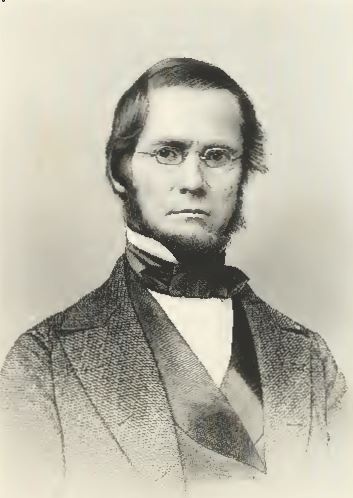
His accomplishments included turning the spoken Sántál language into a written language. Read his book.
Learn more about Jeremiah Phillips.
